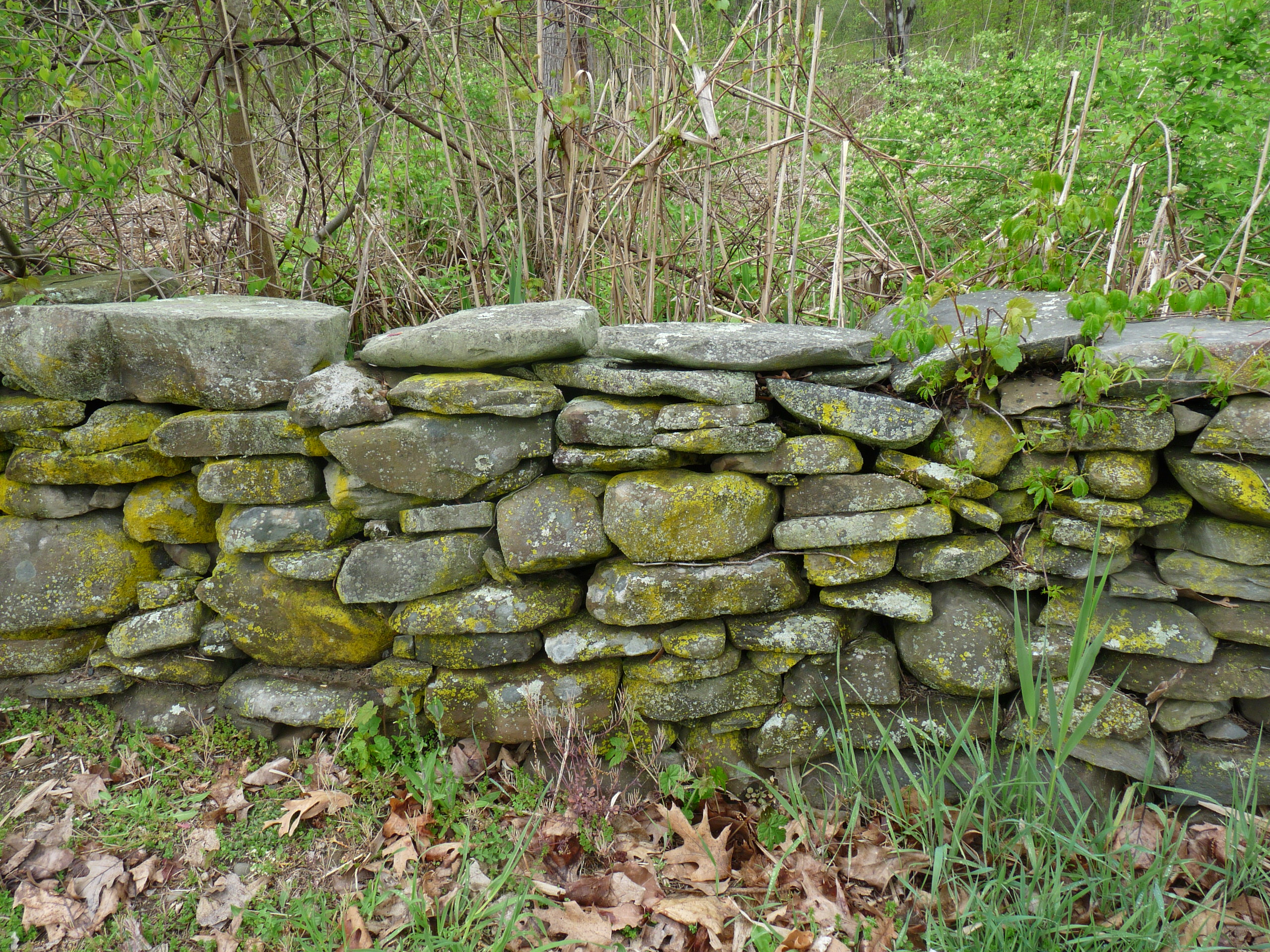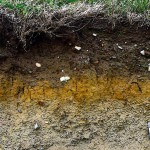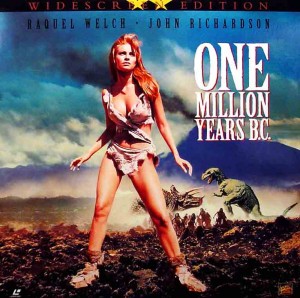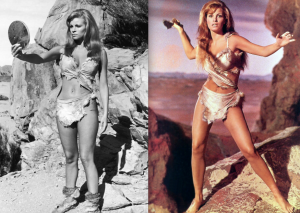There are many unsolved archaeological and historical mysteries such as who created the mysterious monument of Stonehenge and why? And, how were the Great Pyramids in Egypt constructed? According to one television series on the History Channel the answer is simple: aliens. Yes, aliens. The commentators on the show Ancient Aliens propose that most of the unsolved archaeological mysteries can be explained by extraterrestrial beings who visited ancient civilizations and gave them technology and knowledge.

The Saqqara Bird
Once you get past the dramatic editing, special effects and dramatic music, an individual who is not familiar with “real” archaeological research and analysis may actually begin to believe what the show is trying to convince you of. The first case that the show presents is the Saqqara Bird (a small wooden bird that was recovered during the excavation of the tomb of the ancient Egyptian official Pa-di-Imen in 1898). An author and an engineer then explain to viewers the interesting physical properties of the bird (wings that look like aircraft wings, a tail that appears to be a rudder). These observations, along with the fact that it was found lying next to a papyrus with the inscription “I want to fly” lead them to believe that the bird is most likely a model for an aircraft.
So far, taking into account that they have not explained all of the information known in relation to the artifact, the interpretations don’t seem too extreme: they are presenting a hypothesis based on observations of the artifact’s characteristics and its provenience as well as specific prior knowledge. But hypotheses cannot be held up without evidence, therefore, a larger scale model of the bird was built and tested to see if it would be able to fly. Quick shots of the experiments were shown to the viewer without any explanation of what was happening or why, and then we were told that the results clearly show that the bird is a model of a “highly developed glider”. We, apparently, use that same design today, but our gliders are launched with a bungee cord system. If this is indeed what the Saqqara Bird is, how did the Egyptians come up with such an advanced technology? The answer, according to Ancient Aliens, is obvious: aliens. They jump to this absurd conclusion abruptly, without any supporting evidence. They omit and misrepresent facts and disregard much of the previous information known about ancient cultures. Their only claim to truth is that there is no proof to disprove them.
They are doing what many people believe real archeologists do: making up information about past cultures and people. When real archeologists present a hypothesis or theory, they conduct an interpretive process that is based primarily on the gathering of information. Most non-archaeologists do not have the understanding of anthropological or archaeological theory to understand this process (Beisaw). They think archaeologists are creating stories about the past without proof when they are in fact undergoing a thorough scientific process to reach their conclusions.
The most common theoretical approach to archaeology is the culture history approach. This approach is a way of reconstructing the past using a normative model of culture. Each culture has a set of rules or norms that govern the society and are passed from one generation to the next (Ashmore 40). If this theory is applied to the Saqqara Bird, a trained archaeologist might conclude that the bird was perhaps a ceremonial or burial item based on the provenience and the previous known fact that falcons were a highly valued bird in Egyptian culture. The slight style variations that the show explains to be unique features could be attributed to the degrees of change (idiosyncratic behavior, aka, the choice of the artists) within the normative system (Ashmore 40). Only if enough evidence and support through the careful assimilation of data would the archaeologist hypothesizes the potential meaning of the bird. If there is no evidence to support the claim, the archaeologist may search for new interpretation. Ancient Aliens does the opposite and creates false evidence to support a hypothesis. This pseudo archaeological approach involving the misuse and omission of facts used in Ancient Aliens is a gross misrepresentation of how archaeologists analyze the past and also an insult to our ancestors.











